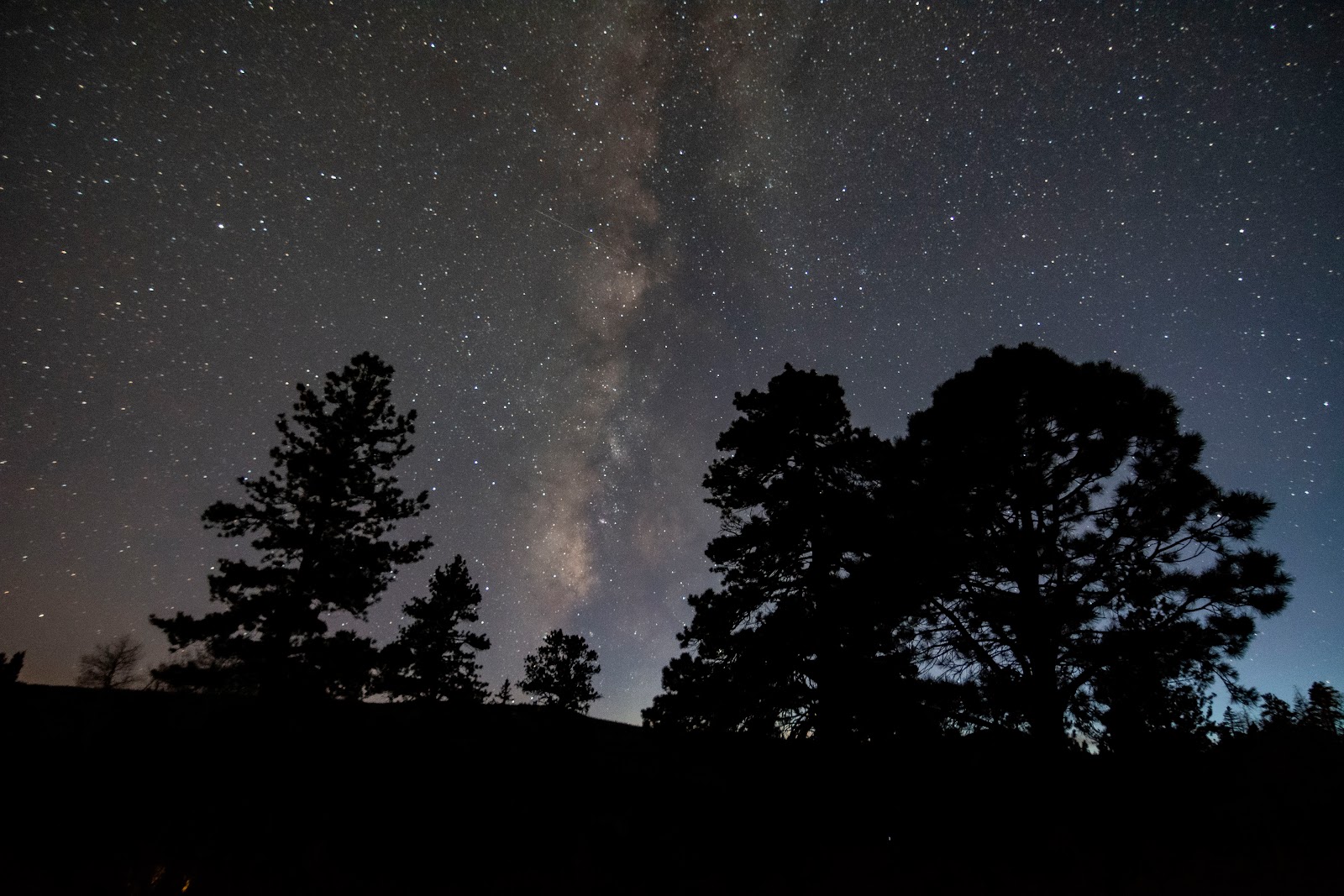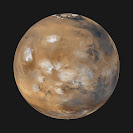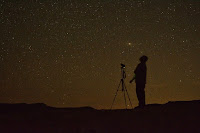Introduction
It's hard to believe that the first month of 2025 is already over! While it was a pretty quiet month, astronomically speaking, there were still some great sights to see. I really enjoyed viewing the bright evening planets. While at work, I would challenge myself to see how quickly I could spot Venus, Jupiter, and Mars. Oftentimes, I could pick out Venus before the Sun had fully set. The bright constellation of Orion was an easy object to spot as well.
February won't bring any major meteor showers, but there will still be some interesting objects to view. Most notable will be brilliant Venus continuing to dominate the early evening sky. Jupiter and Mars will also be great targets to view. Observers will also have the opportunity to watch the Pleiades disappear from view in early February.
Mercury won't be visible until later in the month due to its superior conjunction with the Sun on the 9th. When Mercury does return to view, this tiny world can be found in the western sky after sunset, near Saturn. The pair will reach their closest on the 24th when they will be just 1.5° apart in our night sky. Mercury will continue to climb higher in the sky with each passing sunset while Saturn dips closer to the horizon. A skinny and challenging-to-view crescent Moon will join Mercury on the 28th.
Venus will again be easy to spot in the evening sky after, and even during, sunset. This planet will reach its greatest brightness of 2025 on the 14th, shining at magnitude -4.9. On the first evening of February, a crescent Moon can be found less than 3° from brilliant Venus. A telescope or large-sized binoculars will show the different phases of Venus as it travels around the Sun.
Mars will continue to capture the attention of observers as this planet stays bright during February. The Red Planet reached opposition in January and will be visible in the eastern sky after sunset. During January, I was able to pick out Mars before the sky darkened after sunset. The Moon will pass within 1° of Mars on the 9th. Several surface features can be observed on Mars by using a telescope.
Jupiter will still be a great target throughout February. Observers, using nothing but their eyes, can see the bright white of Jupiter in contrast with the red giant Aldebaran. Observers using binoculars or a telescope can see the Galilean Moons, while the latter can also see the cloud bands and even the Great Red Spot. Several Galilean Moon transits can be viewed throughout the month, so be sure to check out the Moons of Jupiter & Saturn app for Android or JupiterMoons for Apple devices. The Great Red Spot may also be seen at specific times depending on the observers' location, and the resources mentioned above can also be helpful. An observer will need a four-inch (100 mm) telescope or larger to view the transits and the Great Red Spot. The Earth's own moon will pass above Jupiter on the 6th.
Saturn is quickly descending closer to the western horizon and soon will be out of sight. This coincides with the rings of Saturn nearly disappearing from our Earthly vantage point as the angle of the ring plane is nearly perpendicular to that of the Earth. This is like looking at a piece of paper from the edge instead of as it lies flat on a desk. The Moon passed close by Saturn on the last day of January and will do so again on the last day of February. Unfortunately, Saturn will be too close to the western horizon and will also be hidden in the Sun's glare to observe.
Uranus will hover to the lower right of the Pleiades this month. A 59% lit Moon will join the pair on the 5th, residing about halfway between these two objects. A pair of binoculars or a telescope will be required to view this ice giant, but observers will be rewarded with its blue-green disk in the field of view. It's best to view this planet before midnight while it is high above the horizon with as little atmospheric interference as possible.
Neptune can be found close to Venus during the first few days of February. The pair will form a nice triangle with the Moon on the first evening of the month. Venus will begin to pull away from Neptune, and the outer ice giant will sink closer to the Sun, becoming lost from view by the end of the month. Binoculars and a telescope will reveal the blue-green disk of this outer world.

Zodiacal Light
There will not be a major meteor shower during February, but that should not stop observers from getting away from city lights to enjoy the night sky. On any typical night, observers can see approximately seven meteors per hour. As the Earth approaches the Spring Equinox in the northern hemisphere, observers have the opportunity to view the Zodiacal Light. This light becomes brighter and more pronounced closer to the 20th of March, the date of the Spring Equinox.
During the late night hours of the 5th and early morning hours of the 6th, observers can watch the Moon occult the Pleiades. For Utahns, this occultation will begin at approximately 11:30 PM on the 5th. The Moon will begin to pass in front of the Pleiades but will be most noticeable around 12:15 AM when the brighter stars of this open cluster begin to be blocked from view. The occultation will continue until the pair sinks below the western horizon around 3:00 AM. A pair of binoculars or a telescope will greatly enhance the occultation, allowing the observer to view more of the stars of the Pleiades. Astro-photographers may also enjoy capturing images of this event.
 |
Monthly Breakdown
February 01: Moon passes within 2° of Venus
February 01: Moon passes within 2° of Neptune
February 03: Venus and Neptune pass within 4°
February 05: First Quarter Moon 🌓
February 05: Moon passes within 5° of Uranus
February 5/6: Moon occults the Pleiades
February 06: Moon passes within 5° of Jupiter
February 09: Mercury reaches superior conjunction
February 09: Moon passes within 1° of Mars
February 12: Full Moon 🌕
February 14: Venus reaches greatest brilliancy
February 20: Last Quarter Moon🌗
February 27: New Moon 🌑February 28: Moon passes within 1° of Mercury









